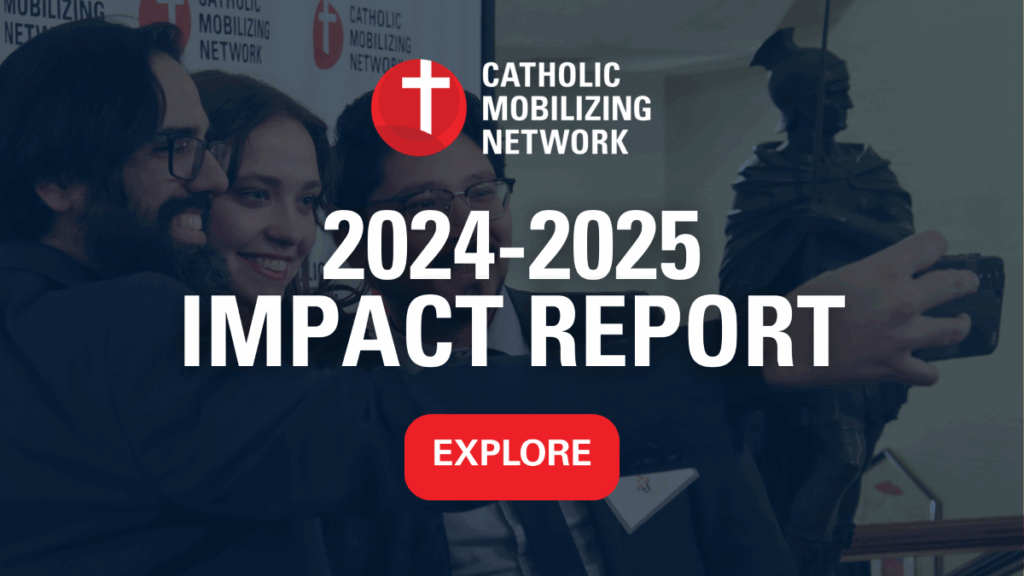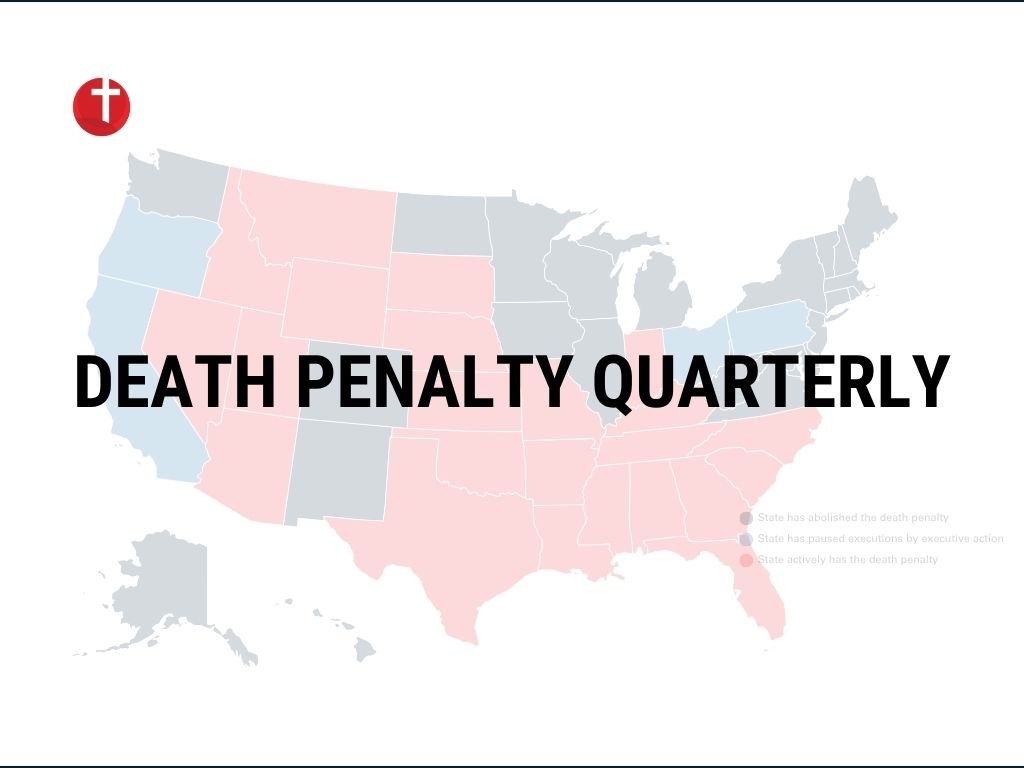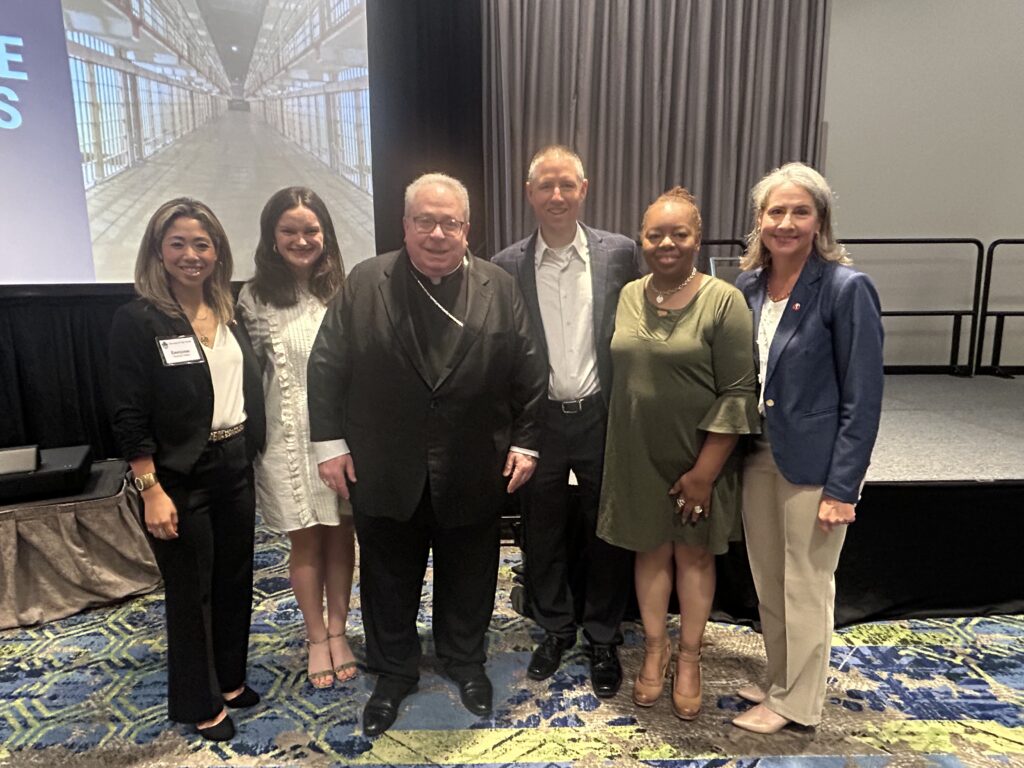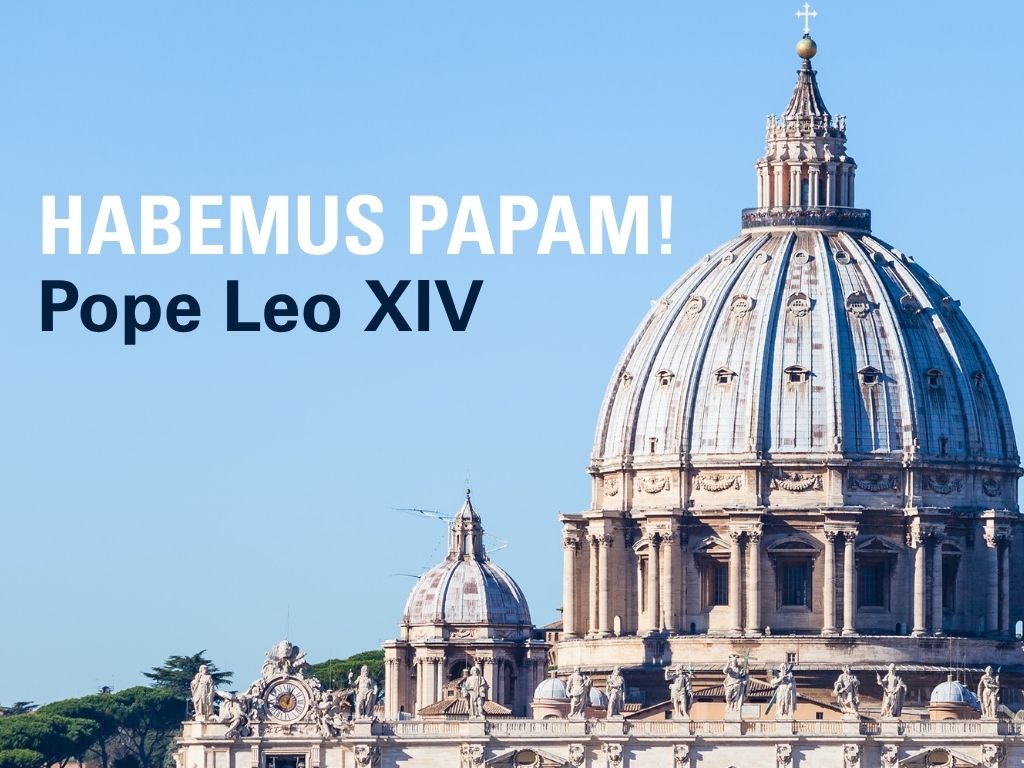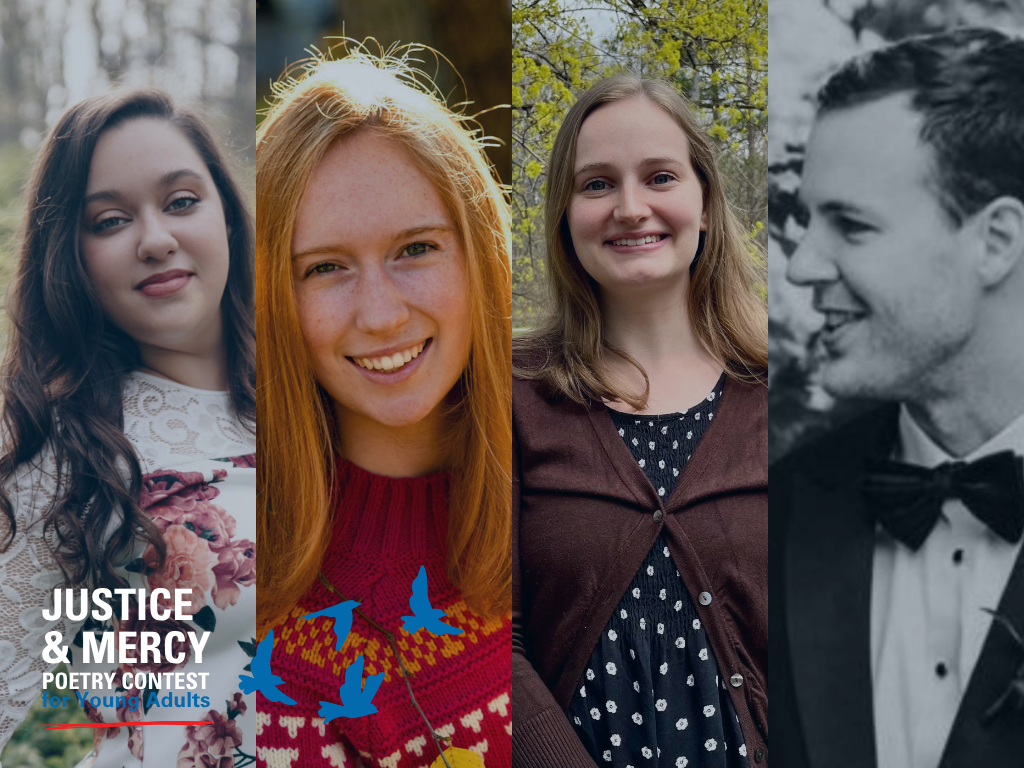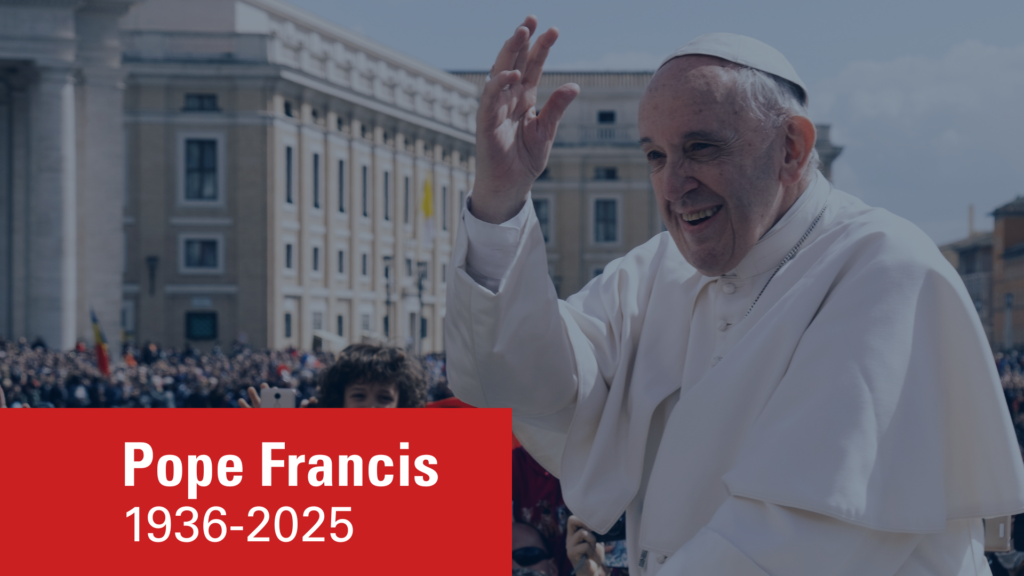5 Lessons from Restorative Practices for the Synod on Synodality

Caitlin Morneau, M.A.
This is a moment in our country, Church, and world like no other. We may each experience it differently, but we all feel it nonetheless.
In the words of Fr. David McCallum, SJ, a consultant to the Secretariat of the Synod of Bishops, “There’s a sense of volatility, that change happens so suddenly and in such a disruptive way that we don’t know how to predict the future.”
Something is emerging, and we don’t know what it looks like yet, but there is a possibility for us to co-create something better than what exists now.
Knowing this, Pope Francis has invited the global Church to enter into a three-year process of deep listening and discernment about how we are “journeying together” through these volatile times.
The process is called the “Synod on Synodality,” and it seeks to “inspire people to dream about the Church we are called to be…. to stimulate trust, to bind up wounds, to weave new and deeper relationships.”
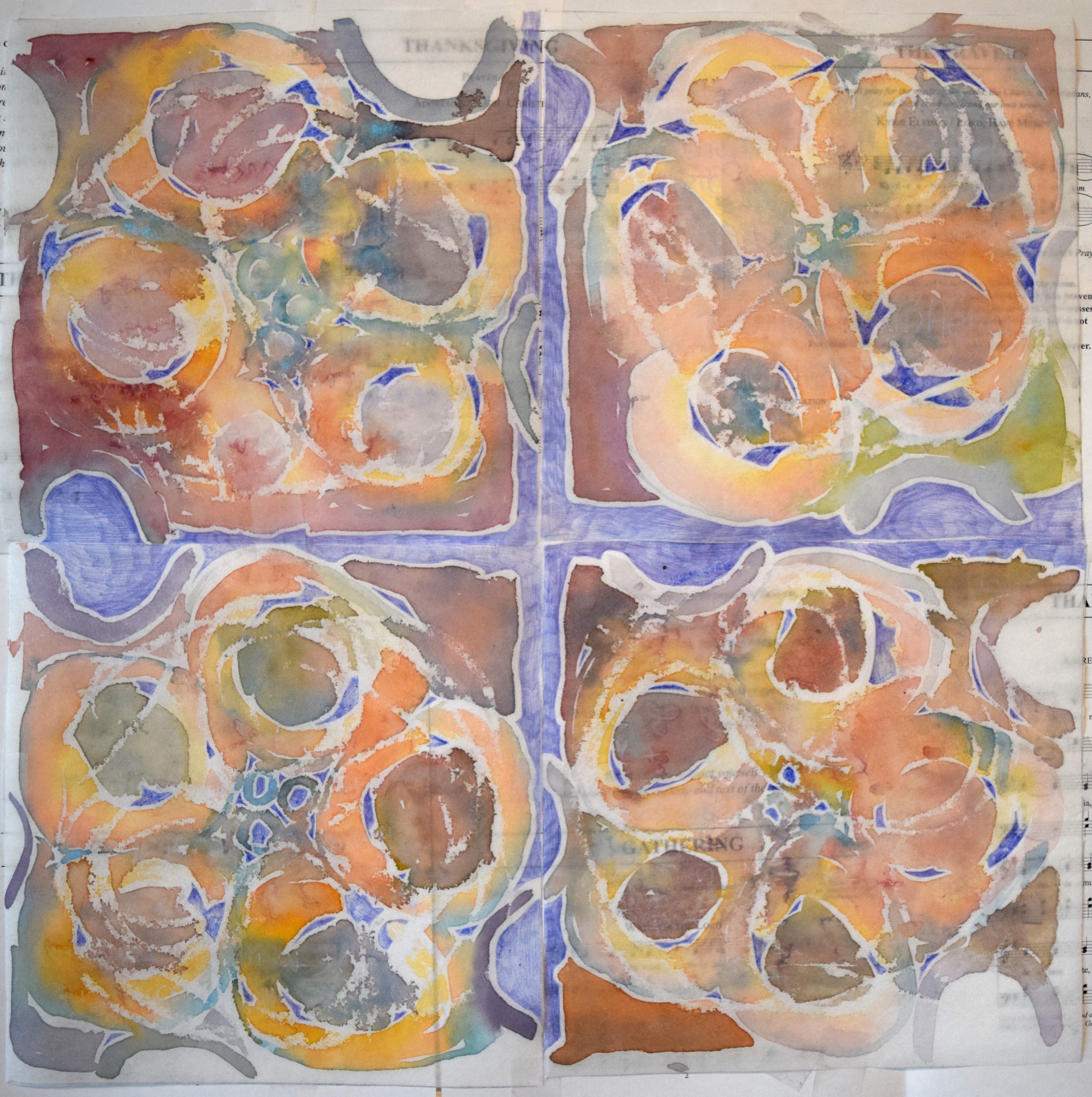
Artist Casey Murano attended CMN’s recent webinar on the Synod on Synodality. Throughout the event she was inspired to make this beautiful work of art as she pondered the question, “In this time of change, how do we make room for God, the movement of the Spirit, and the coming of Christ?”
A Need for Synodality, A Need for Restoration
The Synod on Synodality arrives at a time when our Church continues to recover from the broken trust of sex abuse scandals, as we grapple with the isolation and loss of the pandemic, and as we wrestle with enormous polarization — in the U.S context, particularly in the areas of racial reckoning and political division. These are all very real wounds and difficult realities to face.
With synod listening sessions underway in parishes and dioceses across the country, it becomes clear that the Synod on Synodality is fundamentally a process of healing — a way of addressing both wounds suffered inside the Church and those experienced in other areas of our lives and relationships.
If these aims sound familiar to you, it might be because they resonate strongly with the practices of restorative justice.
Here are five key lessons from restorative practices that can help shape dialogues for open and generative sharing during the Synod on Synodality.
Lesson 1: Creating a Safe Enough Container
For many, a synodal conversation is unfamiliar territory. It asks us to bring the fullness of our hurts and hopes into open and honest dialogue.
Knowing that this is a vulnerable place to be, restorative dialogues begin with the group building a set of values and guidelines for the conversation through consensus. These guidelines are inclusive, trauma-informed, and adaptable to the needs of the group.
Co-creating and communicating these shared expectations holds the group accountable to honoring one another’s dignity while together, and helps create a safe container to begin engaging in challenging conversations.
Prayer also helps set the tone of the space. Opening and closing a restorative practice or synod listening session with ceremony marks the time as sacred and intentional. These are opportunities to recognize God’s presence, meditate, and ground ourselves in the present moment, allowing the Holy Spirit to move.
Lesson 2: Equalizing Power and Voice
In a restorative process, we often use a talking piece or designate a speaking order. If it is your turn, you’re talking; if it isn’t, your job is to give your entire focus and attention to whoever is speaking. This helps ensure that every participant is given the opportunity to share openly and freely.
The Synod on Synodality expressly aims to lift up the voices of those who are marginalized. For these individuals, the structure employed by restorative practices helps ensure they do not have to compete to be heard. It also helps anyone who may be introverted or feel intimidated, as it provides assurance in knowing when the time to share is approaching.
In synodal conversations, dialogue leaders are instrumental in facilitating this equalization of power and voice.
At the same time, participants — especially those holding identities of privilege or positions of authority — can also ask themselves, “How much time and space am I taking up with my response? How am I noticing who has not had the mic yet, and how can I make sure they receive it?”
Lesson 3: Arriving as Our Best and Whole Selves
Any skilled restorative justice facilitator will attest that preparation is crucial to a successful restorative practice. Facilitators create time in advance for all participants to think through what they plan to say, and consider how they will receive what they hear from others.
This type of preparation will also be valuable to your local synod process, helping participants arrive as their best and whole selves.
Whatever role you’re playing, it is a good idea to spend time in prayer and discernment with the questions of the synod before arriving at the listening session.
Consider how you will remain centered and grounded if you hear something that is upsetting or challenging. If the conversation is surface level, think about how you might be able to bring it deeper with your responses. Likewise, if the conversation seems to be going off the rails, consider how you can intentionally share in a way that helps bring it back on track. Facilitators especially should understand that their sharing will model an appropriate length, depth, and level of vulnerability that others will likely follow.
Lesson 4: Putting Relationships Before Issues
Echoing the Native American medicine wheel, restorative practices aim to balance relationship building and problem solving. They place equal emphasis on first getting acquainted, then building trust, addressing the issue, and finally developing a plan.
This sequence is also valuable to synodal conversations, because it prompts participants to recognize their shared dignity as human beings first. It helps us get underneath what’s really going on for all of us — our woundedness, our humanness, our dignity.
By connecting there first, and placing the relationships at hand before the issues, we can then move on to seeking solutions.
Lesson 5: Listening Well and Sharing from the Heart
Each of the lessons we’ve discussed so far have set us up for this.
When asked to share experiences and perspectives, it can be tempting to rest on credentials, argue opinions, or push positions.
But restorative practices show us that sharing stories has a way of moving us beyond our personal platforms and into the depths of our humanity and mutual belonging in a way that debating can’t.
In your synod conversations, prepare to share stories from your own personal experience that illustrate the points you wish to communicate. If you are facilitating, perhaps invite the group into this form of sharing.
Likewise, encourage the group to listen deeply to others’ stories, rather than planning a response or rebuttal. When we listen in this way, we begin to recognize what’s moving below the surface — the underlying wounds, needs, and values that ignite compassion and solidarity.
If we can do that for each other as a church, we can heal each other in the way that the Synod on Synodality calls for.
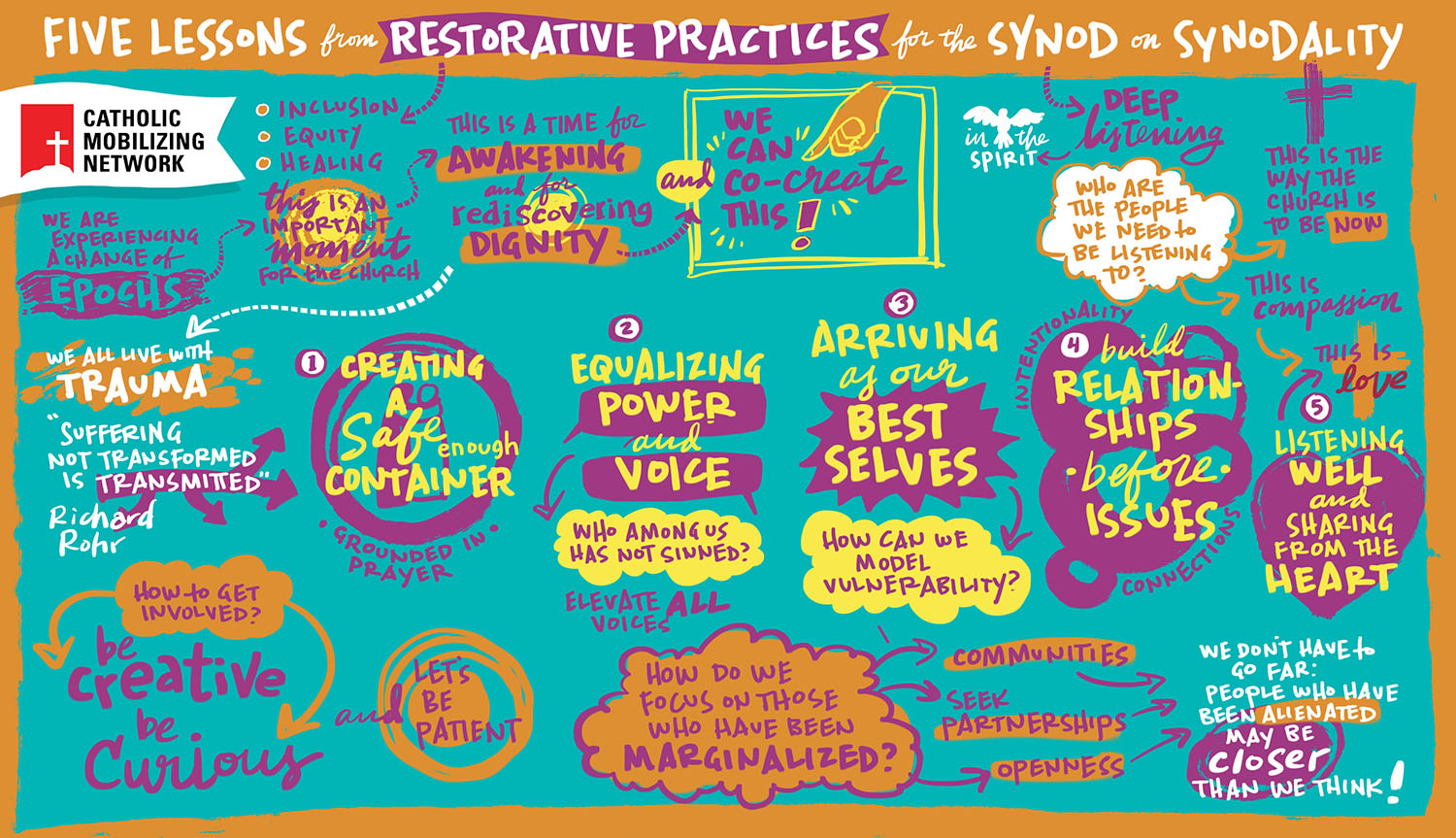
Graphic artist Drew Dernavich captured key lessons and learnings throughout CMN’s recent webinar on the Synod on Synodality in this visual model.
Embracing the Spirit of Synodality
By listening to the Holy Spirit and discerning together, synodality offers us a way of being Church today according to the will of God.
At Catholic Mobilizing Network, we pray that these lessons from restorative practices may breathe life into the collective synodal process of encounter, conversion, and imagination.
